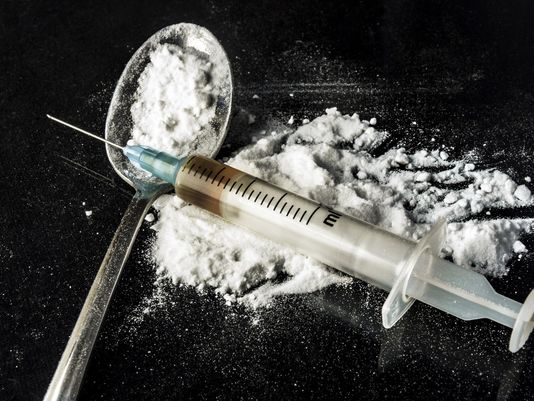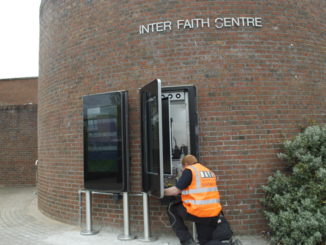
Minister of State, Aodhán Ó Ríordáin,with special responsibility for drugs strategy, recently released a proposal for the establishment of injection centres in Dublin City Centre. This move has spiked massive divergence in public opinion. Many people believe that establishing these buildings will legalise drug abuse, but in truth, its aim is to decriminalise drug use so that it can be monitored and controlled by medical personnel.
The medical staff who would be employed by these centres would not be there to administer nor supply illegal drugs. In fact, this could not be further from the true purpose of these establishments. The only intent is to decrease the number of overdoses caused by substance abuse.
“We’re trying to address a situation in Dublin’s city centre where people are injecting heroin in street alleyways, in parks, supermarkets, playgrounds. It’s unsightly, and it’s unsafe, particularly for the users themselves,” Ó Ríordáin said.
From a moral perspective, most people view drugs as the scourge of our society, as a completely illegal habit. But perhaps we need to dig deeper. A lot of people tend to forget that those who suffer with a drug addiction are, in fact, suffering. Yes, it is often self-inflicted, but that does not make the addiction any easier to cope with. The installation of these facilities would show addicts that we understand and acknowledge their struggles.
I think most people acknowledge that addicts are going to use drugs whether they are illegal or not, and whether there is a premises to do so or not. By enabling these centres, we are allowing those people to satisfy their addictions under supervised, safe and hygienic conditions.
Many countries across the world, such as Amsterdam, Spain, and Australia have already introduced these injection centres. Although the information on their efficiency is limited, the opening of the centres has led to ‘improved public and client health’, and ‘reductions in public nuisance’, according to reports from Amsterdam.
If the injection centres are helping those who suffer from serious addiction, then where does the fault lie? Their creation would not condone nor encourage the use of illegal substances, but it would teach drug users the proper procedure that should be followed when administering their own drugs, as well as providing resuscitation equipment in case of an emergency.
The presence of these injection centres would also improve the appearance of towns and streets. They would conceal the inherent drug use within our society, so that we, as ordinary civilians, are not forced to see the abhorrent sights of addiction, and would not have to live with the consequences of used syringes lying haphazardly along the streets.
Recently, a three year old girl, Alysha Zambra, who was jabbed by a heroin-filled needle while on Dublin Bus. She was habitually using public transport with her mother when the incident occurred and she had to be taken to Crumlin hospital to be tested for HIV as a result.
This young girl and her family were understandably traumatised, and their lives could have been destroyed by something that is easily avoidable. Action needs to be taken to prevent a similar occurence again and to protect the youth of our society.
Furthermore, witnessing the use of drugs has become an almost habitual routine for many city dwellers. Seeing this distasteful habit in action is an innate part of many people’s daily lives.
Drug abuse is a mammoth problem, especially in Dublin City, and we could handle this problem with much greater ease if we consider implementing these facilities. This is a case where taxpayer’s money would go directly towards helping our own which is what so many Irish citizens claim to want.
I believe that there is no harm in a trial run, and if it is the case that we decide that such a facility is not suited to the needs of our country, then we can simply abolish it again. As Críona Ní Dhalaigh, Lord Mayor for Dublin, said: “What is the harm in actually trying it out on a pilot basis, and if it doesn’t work, we have learned that this isn’t the model we can use here.”
Shauna Bowers
Image Credit: Getty Images




Leave a Reply